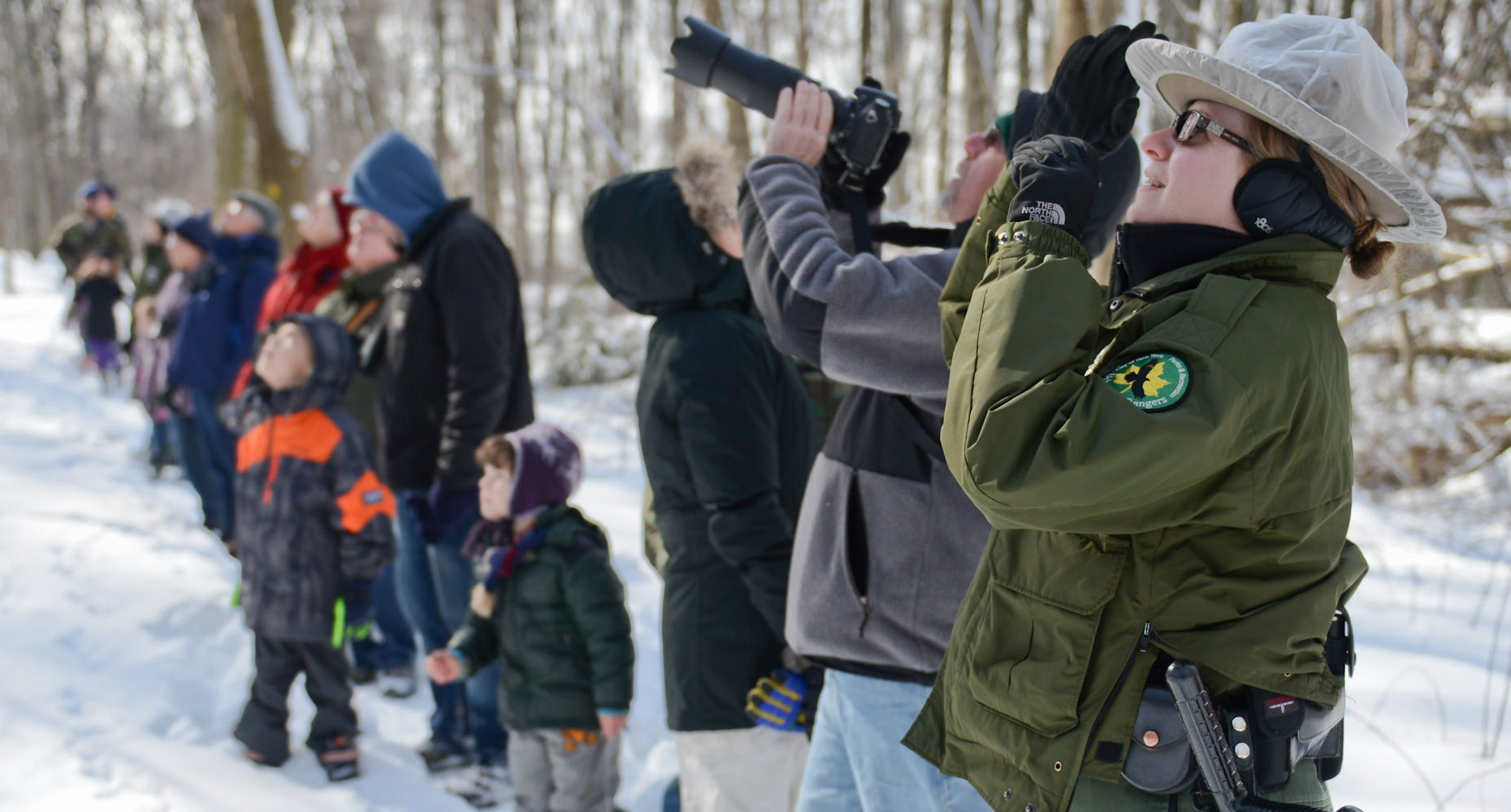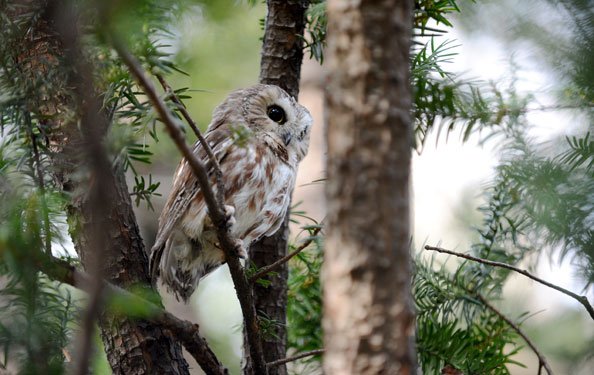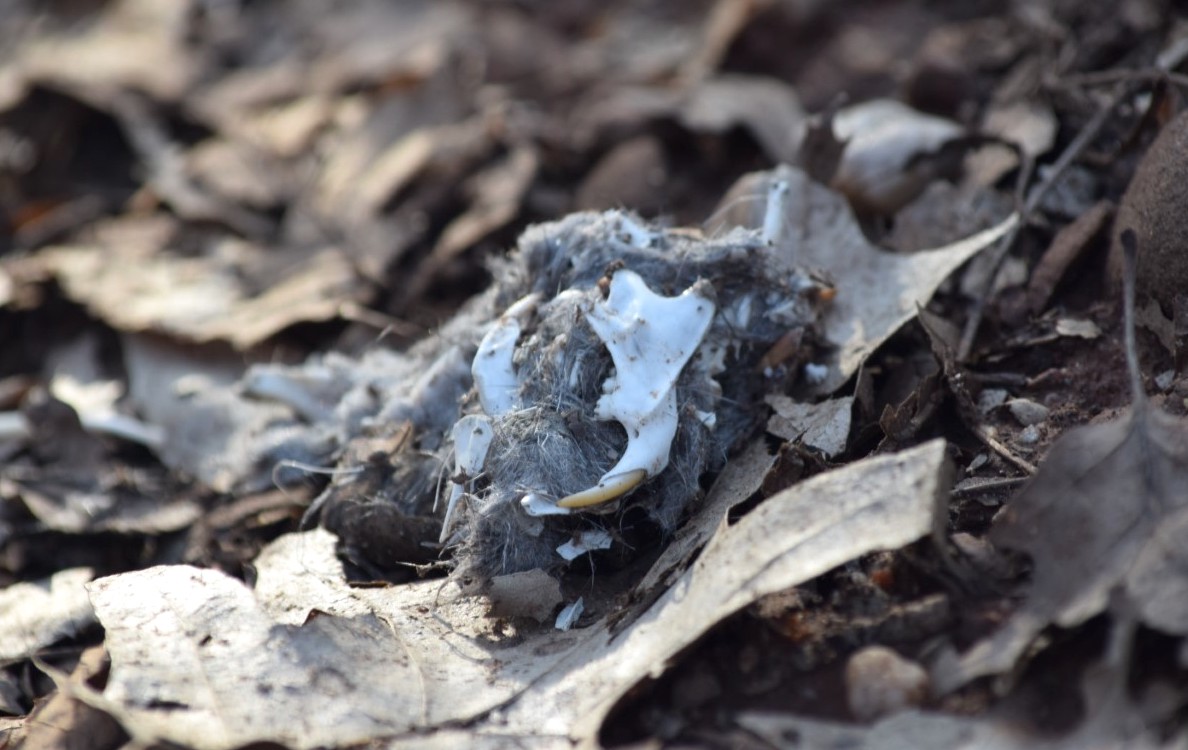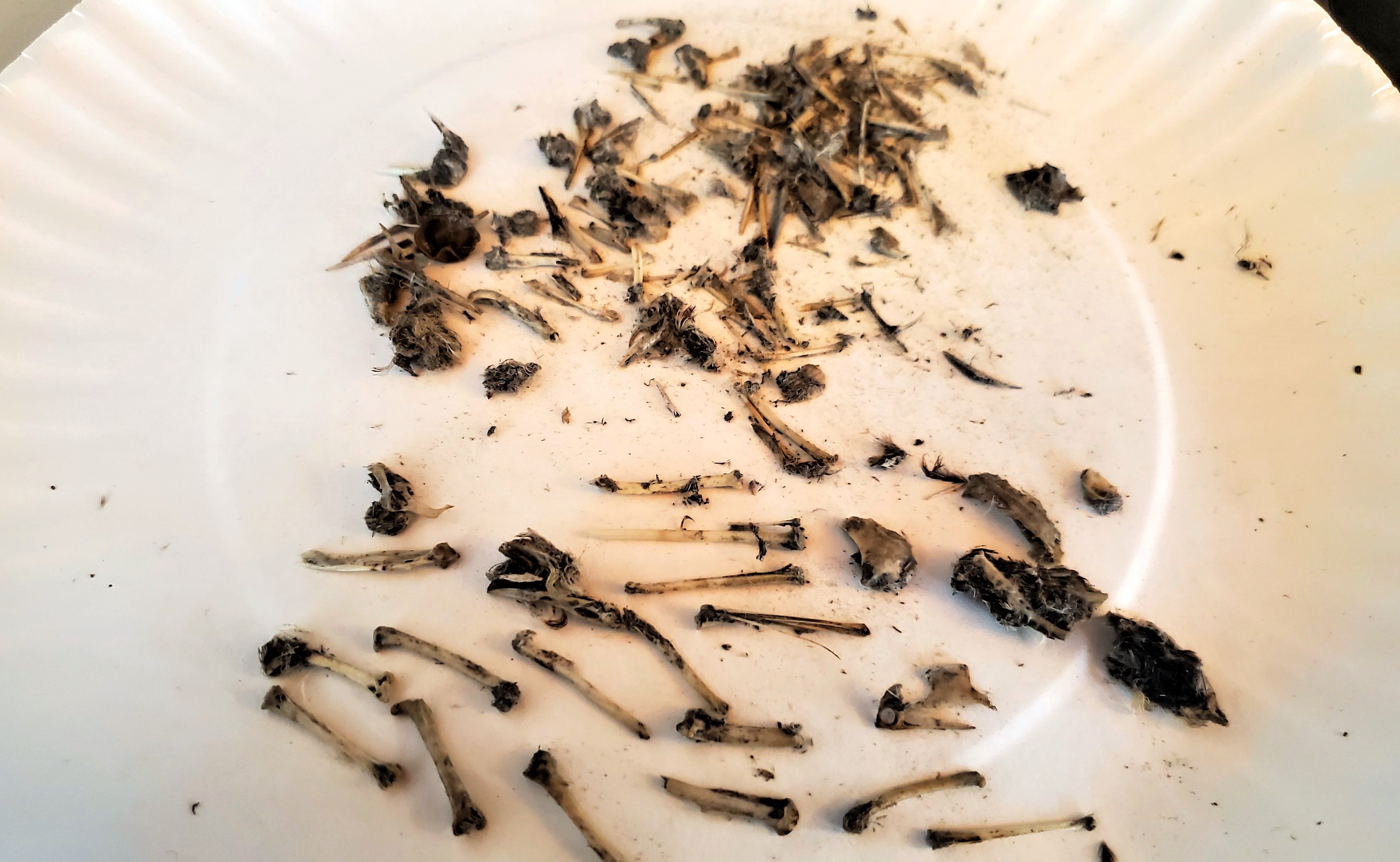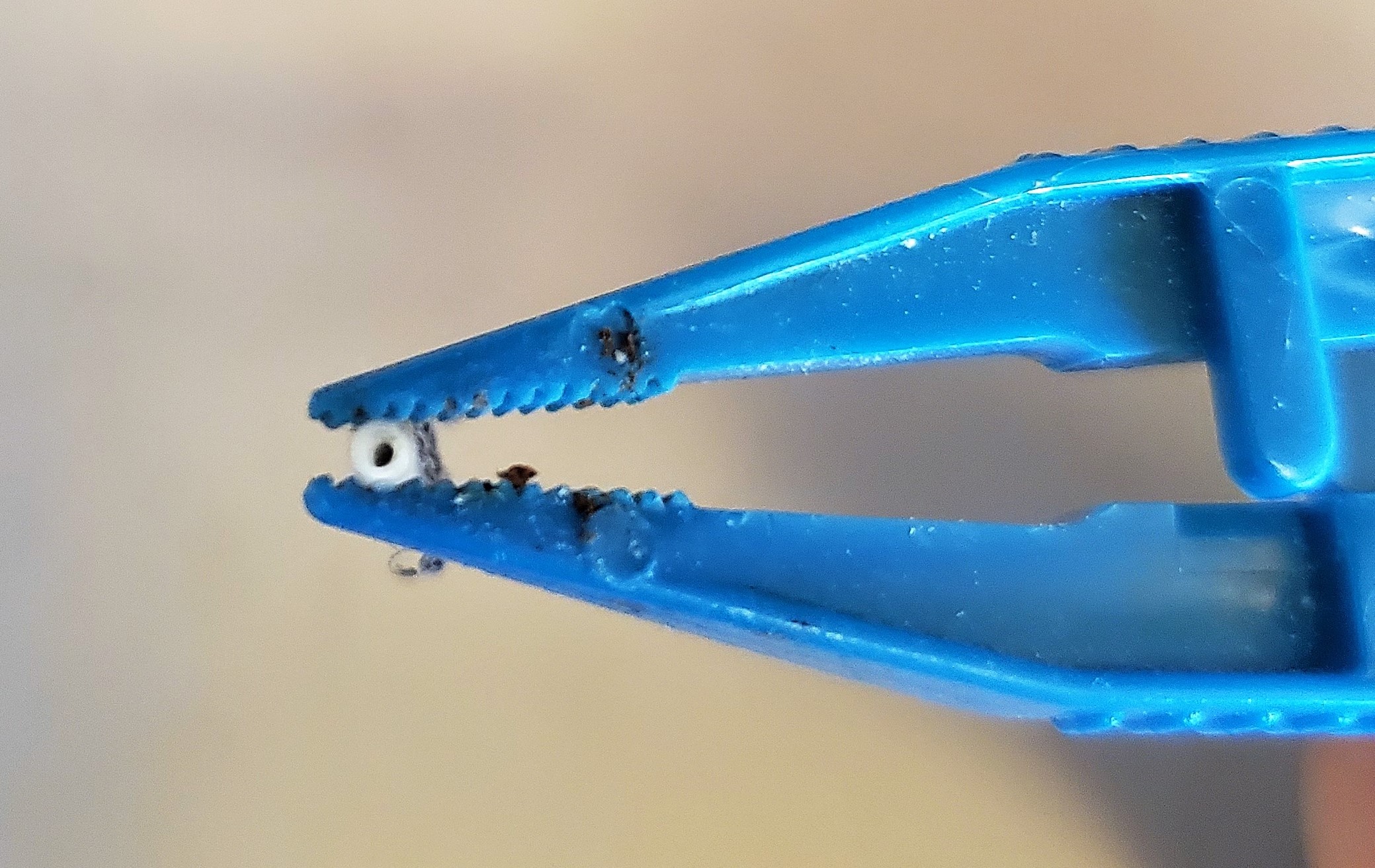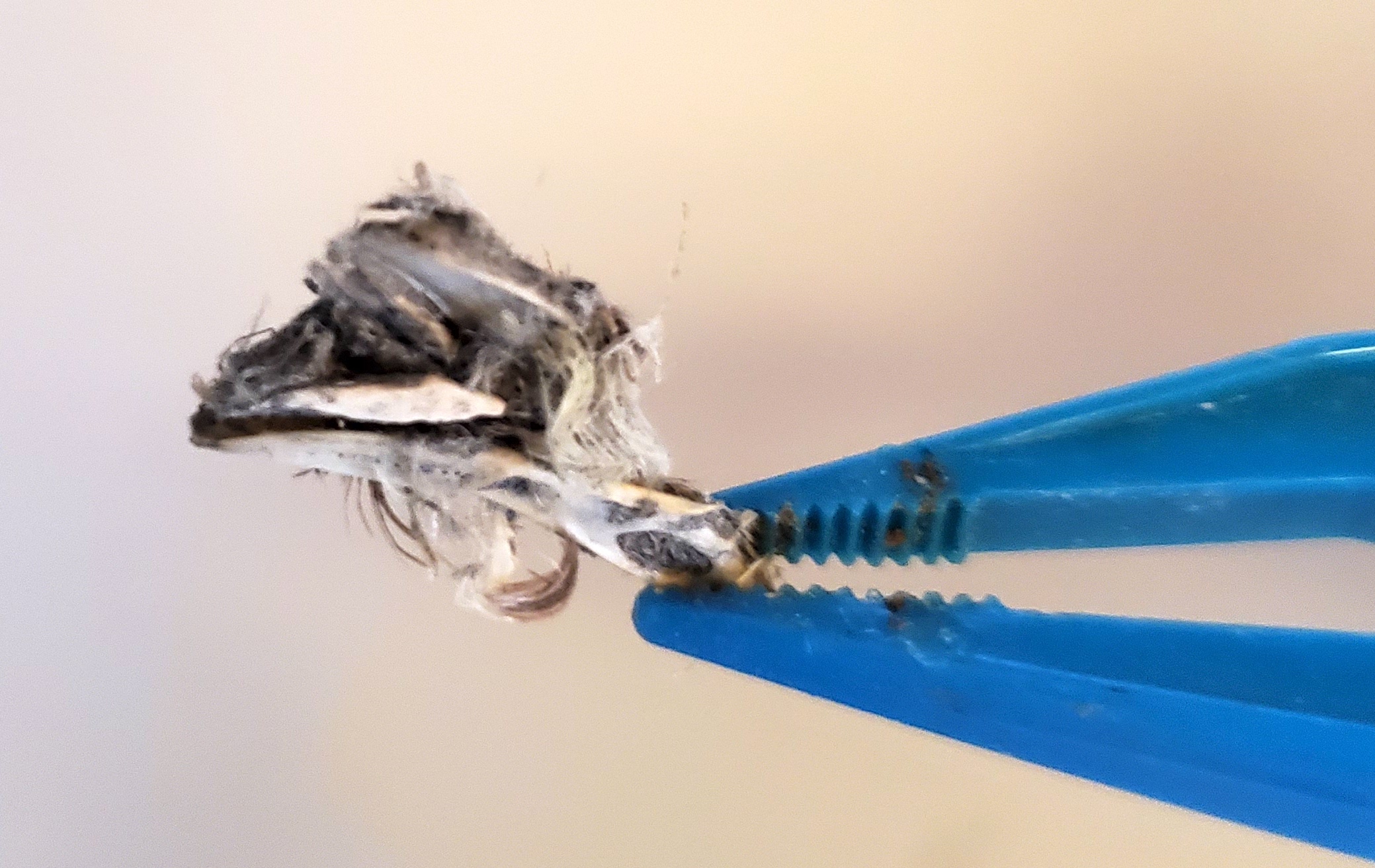Exploring What Owls Eat: A Look Inside an Owl Pellet
Discover the foods that owls in NYC parks love by looking at owl pellets
Owls are shy creatures and enjoy their personal space, but if you know what to look for, you can learn a lot about the owls near you and even what they’ve been snacking on, all while keeping a respectable distance!
For most New Yorkers, owls are mysterious neighbors with whom they share the city but often do not see. Although you're more likely to spot an owl in forested areas in our parks when the trees are bare, owls can actually be seen in our parks year-round. In forested areas, one of the most telltale signs that an owl is roosting nearby is whitewash, chalky or paint-like owl excrement. Whitewash may be seen on tree trunks, branches, or the ground. And where there’s whitewash, owls or owl pellets may be found nearby!
What are owl pellets?
As you explore our forested areas where owls live, you might encounter these hairball-like fluffs on the forest floor — they're called owl pellets and, no, they aren't poop but they can tell us a lot about what owls eat.
Owls eat a variety of small animals, including mice, rats, frogs, birds, squirrels, snakes, fish, and lizards. They often swallow these prey whole. Since the owl’s body can’t digest fur, bones, or teeth, these pieces are later regurgitated, or coughed up, as small oval objects known as owl pellets, just like cats cough up hairballs!
Let's take a closer look at an owl pellet dissected at the Salt Marsh Nature Center in Marine Park
Skulls, bones, and furs found in an owl pellet can provide good hints to help identify what an owl has eaten.
For example, this owl pellet contains a hollow bone, a clue that this owl ate another bird. Many birds have pneumatized bones, meaning there is space within the bone for air. These hollow spaces make it easier for birds to fly, not because they make the bird’s skeleton lighter (they don’t!) but because the bird’s lungs can expand into the spaces, allowing birds to take in the large amounts of air required for flight. Birds can actually take in oxygen when they inhale and exhale!
Another great clue — a beak and feathers! A beak is visible on the left side, facing away from the tweezers. Based on the size and shape of the beak and the brown and white feathers, it’s likely that this bird was a small house sparrow.
Because each owl’s meal is a little different, the content of each owl pellet is going to be a little different! Like many New Yorkers, NYC owls like a variety of cuisines; owls in New York City have been known to eat mice, voles, shrews, rats, sparrows, earthworms, moths, lightning bugs, fish, and even ring-necked pheasants at Pelham Bay Park in the Bronx or western black-tailed jack rabbits at John F. Kennedy Airport in Queens.
Ready to go exploring?
Discover the best places to see owls in New York City, and learn even more about our avian neighbors on an owl prowl with our Urban Park Rangers during late fall and winter.
